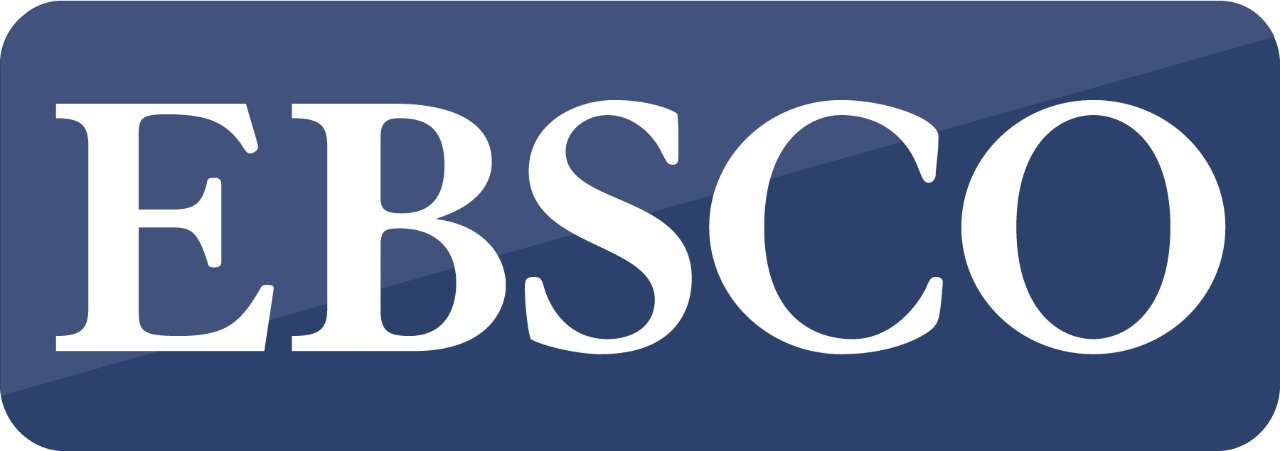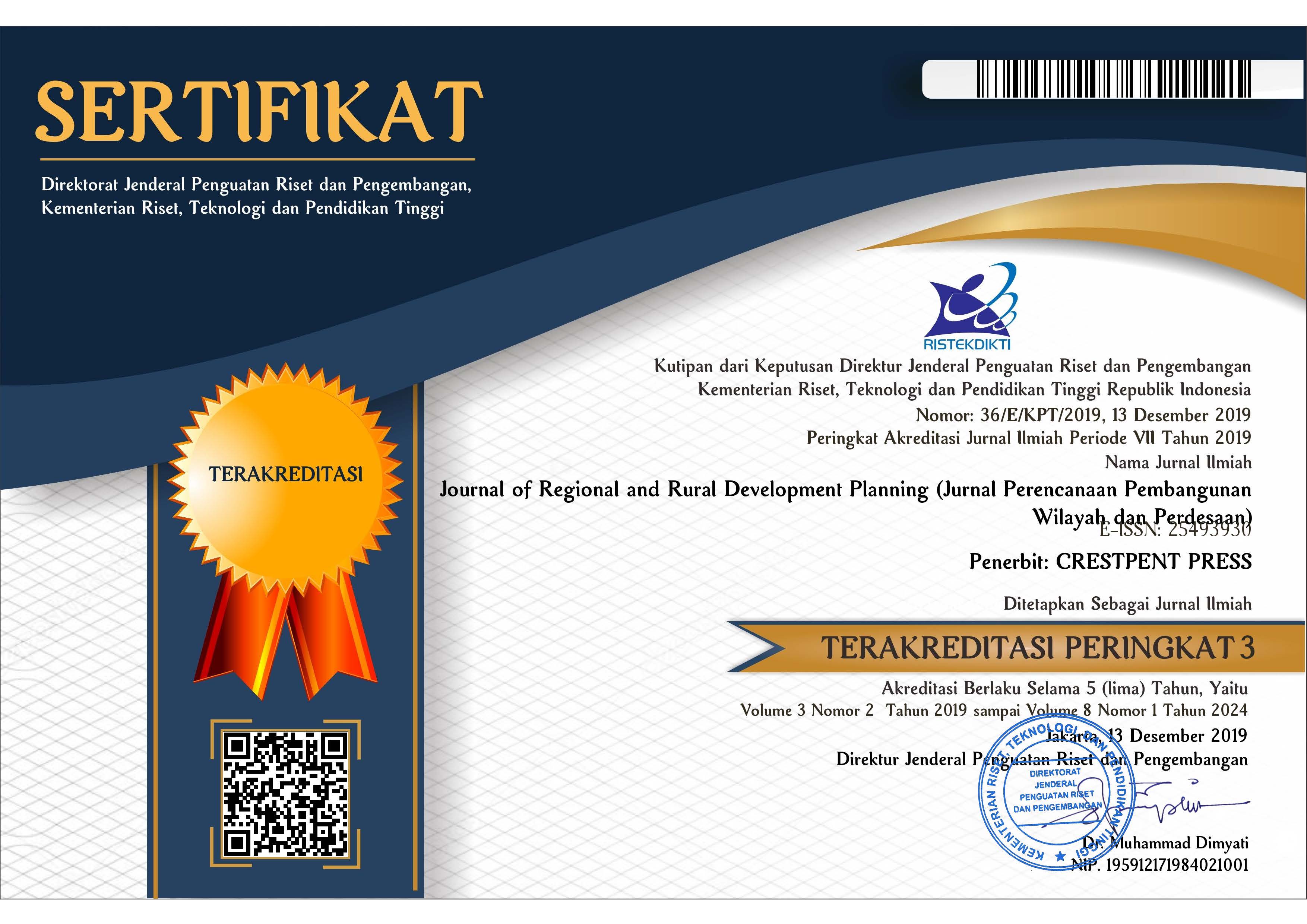Feasibility of Mangrove Forest Products as Fabric Natural Dyes in Garut Regency
DOI:
https://doi.org/10.29244/jp2wd.2023.7.3.326-335Keywords:
economic potential, mangrove, natural colorings, traditional fabricAbstract
Mangrove forests have tangible and intangible benefits, but mangrove deforestation and degradation in Indonesia are relatively high due to economic reasons. Mangroves can contribute economically by considering social and economic characteristics, such as natural dye on traditional fabrics. Unfortunately, studies on mangroves' potential as a natural fabric dye and their relationship with social and economic potential are limited. Therefore, this study aimed to analyze the feasibility, prospects, and challenges in developing natural dyes from mangroves for traditional fabrics. Through field observations in the Leuweung Sancang Nature Reserve in Garut Regency, interviews, and literature studies, this study used a descriptive approach with SWOT and financial analysis. At least three mangrove species can be used as natural dyes to produce brown color variants: Bruguiera gymnorrizha, Rhizophora mucronata, and Rhizophora apiculata. The strategic location, with an intense fabric industry and high community motivation, provided opportunities to develop mangrove dye products. The business was feasible and resistant to the economic crisis. However, even though the community knows the mangrove benefits of natural fabric dyes, there was no development practice because of no assistance in processing. Supports from the government, forestry extension agents, NGOs, and universities are essential for mangrove conservation while improving livelihood and economic welfare through the mangrove natural dyes business.
References
Anggryani, C.T. (2021). Uji ketahanan luntur pewarna alami daun mangrove (Bruguiera gymnorrhiza) pada beberapa bahan kain yang berbeda. Thesis. UIN Sunan Ampel
Apriawan, L.D., Nurjannah, S., & Pneumatic, O. (2020). Peran modal sosial sebagai strategi dalam pengembangan industri kerajinan tenun di Desa Sukarara Kabupaten Lombok Tengah. Journal of Urban Sociology, 3(1), 49-63.
[Bekraf] Badan Ekonomi Kreatif. 2019. Bekraf OPUS Ekonomi Kreatif Outlook 2019. Jakarta: Badan Ekonomi Kreatif.
Donato, D.C., Kauffman, J.B., Murdiyarso, D., Kurnianto, S., Stidham, M., & Kanninen, M. (2011). Mangroves among the most carbon-rich forests in the tropics. Nature Geoscience,4(5), 293-297.
Dewi NK, N Kariada dan F Febriana. 2016. Konsep green economic melalui penyediaan pewarna alami batik dari tanaman mangrove. Rekayasa, 14 (2), 101 - 108.
Dewi, L.F., Pringgenies, D., & Ridlo, A. (2018). Pemanfaatan mangrove Rhizophora mucronata sebagai pewarna alami kain kantun. Journal of Marine Research,7(2), 79-88.
Ellen MacArthur Foundation. (2017). A New Textiles Economy: Redesigning Fashion’s Future.www.ellenmacarthurfoundation.org (March 12th2021). FAO. (2007). The World’s Mangroves 1980-2005. Rome: Food and Agriculture Organization of the United Nations.
Giri, C., Ochieng, E., Tieszen, L.L., Zhu, Z., Singh, A., Loveland, T., & Duke, N. (2011). Status and distribution of mangrove forest of the world using earth observation satellite data. Global Ecology and Biogeography,20(1), 154-159.
Gregersen, H. M., & Contreras, A. H. (1979). Economic Analysis of Forestry Project. Rome: Food and Agriculture Organization of the United Nations.
Hernawati, D., Badriah,L., & Mustofa, R. F. (2019). Perspektif potensi lokal Sancang: sebuah refleksi untuk meningkatkan pemahaman etnopedagogik. Jurnal Pengabdian pada Masyarakat, 1(4), 194-204.
Irawati,H., Luthfiyana N., Imra, Wijayanti, T., & Naafilah A. I. (2020). Aplikasi pewarnaan bahan alam mangrove pada kain batik sebagai diversifikasi usaha masyarakat. DINAMISIA: Jurnal Pengabdian Kepada Mayarakat, 4(2), 285-292.
Jain, H., & Vasantha, M. (2016). Eco Friendly Dyeing with natural dye - areca nut; enhancing colour fastness with natural mordants (Myrobalan, Lodhra and Pomegranate) and increasing the Antibacterial Activity. Archives of Applied Science Research., 8 (8):1-7.
Kementerian Koordinator Bidang Perekonomian. (2011). Masterplan Percepatan dan Perluasan Pembangunan Indonesia. Kementerian Koordinator Bidang Perekonomian.
Lacasse, K., & Baumann, W. (2012). Textile Chemicals: Environmental Data and Facts. Dortmund: Springer.
Mahadewi, M.Ch.A.A.B. 2015. Klasifikasi kain tradisional nusantara dengan menggunakan algoritma Naïve Bayes Classifier. Thesis. Universitas Sanata Dharma.
Murdiyarso, D., Purbopuspito, J., Kauffman, J.B., Warren, M., Sasmito, S., Donato, D., & Kurnianto, S. (2015). The potential of Indonesian mangrove forests for global climate change mitigation. Nature Climate Change, 5(12), 1089-1092.
Ogugbue C.J., & Sawidis, T. (2011). Bioremediation and detoxification of synthetic wastewater containing triarylmethane dyes by Aeromonas hydrophila isolated from industrial effluent. Biotechnology Research International 2011. 1 – 11. doi:10.4061/2011/967925
Paryanto, Kwartiningsih, E., Agung, W., Pranolo, SH., Haningtyas, V., Hidayat, R., & Roy, I. (2015). Pengambilan zat warna alami dari buah mangrove spesies Rhizophora mucronata untuk pewarna batik ramah lingkungan. Jurnal Purifikasi, 15 (1), 33 – 40.
Pendleton, L. Donato, D.C., & Murray, B.C. (2012). Estimating global “Blue Carbon” emissions from conversion and degradation of vegetated coastal ecosystems. PLoS ONE, 7(9), e43542.
Pohanish, RP. (2017). Sittig’s Handbook of Toxic Hazardous Chemicals and Carcinogens. Amsterdam: Elsevier; Cambridge: William Andrew.
Pringgenies D., Supriyantini, E., Azizah, R., Hartati R., Irwani, & Radjasa OK. (2013). Aplikasi pewarnaan bahan alam mangrove untuk bahan batik sebagai diversifikasi usaha di Desa Binaan Kabupaten Semarang. Majalah INFO, XV (1), Februari 2013, 1 - 10.
Pringgenies, D., Yudiati, E., Nuraeni, R.A.T., & Susilo, E.S. (2017). Pemberdayaan kelompok wanita nelayan pesisir pantai dengan aplikasi teknologi pewarna alam limbah mangrove jadi batik di Mangkang Kecamatan Tugu Semarang. Jurnal Panrita Abdi, 1 (2), 83 - 89.
Pujilestari, T. (2015). Review: sumber dan pemanfaatan zat warna alam untuk keperluan industri. Dinamika Kerajinan dan Batik, 32(2), 93-106.
Purwanto.(2018). Hasil uji warna bahan alami sebagai salah satu alternatif pewarnaan pada bahan kain batik. Jurnal Itenas Rekarupa, 1(5), 54-61.
Purwar, S. (2016). Application of natural dye on synthetic fabrics: A review. International Journal of Home Science, 2(2): 283-287.
Putri, T.M., Malis, E., & Ridho, R. (2020). Ekstraksi senyawa tanin dari mangrove (Brugueria gymnorrhiza) menggunakan pelarut aquades dan etanol sebagai pewarna alami dan penguat serat kain. Crystal: Publikasi Penelitian Kimia dan Penerapannya, 2(1), 1-64.
Qoriah, D. (2019). Industri batik garutan di era milenial (studi kasus batik garutan di Kabupaten Garut Jawa Barat). Jurnal Wacana Ekonomi, 18(3), 12-21.
Risnasari, I., Elfiati, D., Nuryawan, A., Manurung, H., Basyuni, M., Iswanto, A.H., Munir, E., Slamet, B., & Susilowati, A. (2021). Pelatihan pengolahan limbah tanaman mangrove sebagai bahan pewarna alami pada produk ecoprint di Desa Lubik Kertang Kabupaten Langkat, Sumatera Utara. Jurnal Pengabdian Kepada Masyarakat, 18 (1), 68 – 81.
Rosyadi. (2013). Legenda-legenda keramat di Kawasan Sancang Kabupaten Garut (studi tentang kearifan lokal). Patanjala, 5(1), 115-130.
Setiajiati, F., Hardjanto, & Hendrayanto. (2017). Strategies of community empowerment to manage protection forest sustainably. Jurnal Manajemen Hutan Tropika, 23(2), 71 – 80.
Sivarajasekar, N., & Baskar, R. (2014). Adsorption of basic red 9 on activated waste Gossypium hirsutum seeds: Pro-cess modeling, analysis and optimization using statisticaldesign. Journal of Industrial and Engineering Chemistry, 20(5),2699---2709.
Wollenberg, E., Belcher, E., Sheil, D., Dewi, S., & Moeliono, M. (2004). Mengapa kawasan hutan penting penanggulangan kemiskinan di Indonesia? Governance Brief Center for International Forestry Research,4(1), 1-6.
Zamri T.K.A.T.M, Munaim M.S.A, & Wahid Z.A. (2012). Extraction optimization of natural dye from clitoria ternatea flower by OFAT. The National Conference for Postgraduate Research 2016, Universiti Malaysia Pahang.

















.png)




